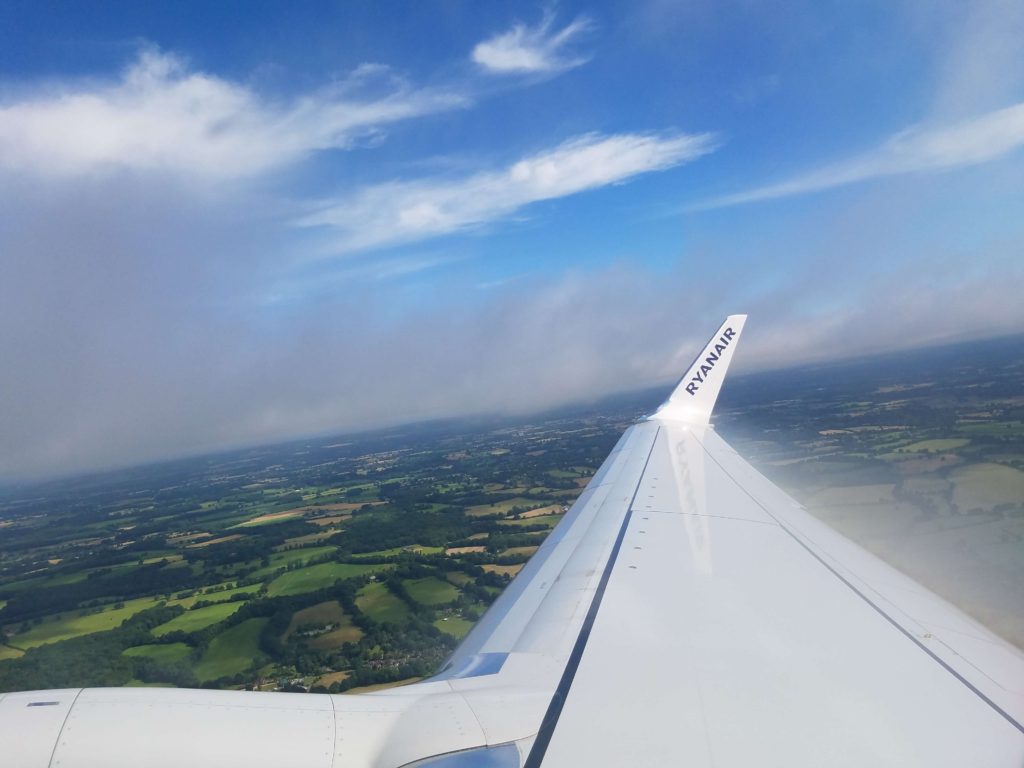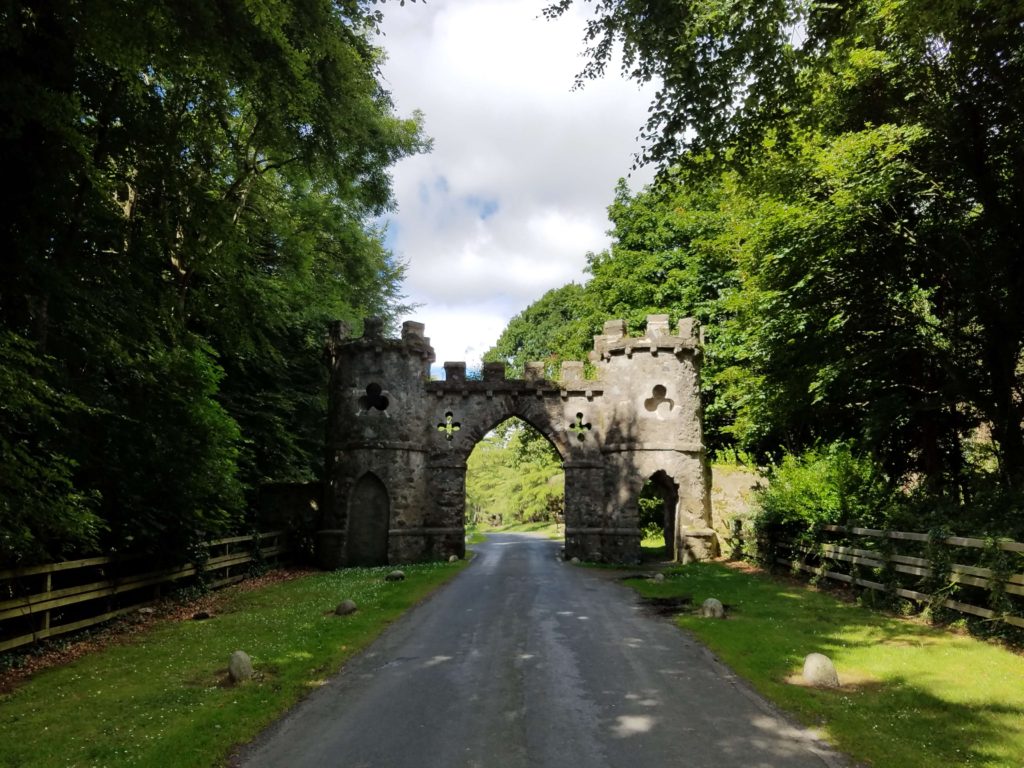
All my life I thought I was English and Scottish, with trace amounts of Northern Italian (where my father’s family lived). Then I took a DNA test, and found out that I’m in fact NOT Scottish…at all. I’m actually quite Irish (and actually Portuguese rather than Northern Italian). This explained a few things, like my strawberry blonde tresses that grow in when I haven’t had them lightened, and my fair skin that freckles and burns when I spend too much time in the sun. So when my mom invited me on a mother-daughter-aunt trip to Northern Ireland this summer, I jumped at the opportunity to both get in touch with my new-found roots, as well as spend some quality time taking in the beautiful scenery with my mother and her sister.

After touching down in Belfast I noticed that the Irish were among some of the friendliest people I’d come across (although Icelanders are a close second!). They’re friendly, talkative, they smile big, and drink hard. You’ll find more pubs than churches, but when you step away from the cities, and the people, you’re graced by some of the most gorgeous, lush glacial valleys, peppered with sheep and perfectly-laid, balanced stone walls marking property lines.
There’s something very magical about the countryside in Ireland; its history, myths, and legends definitely play a part. From forest fairies to leprechauns and bridge trolls, to the burial place of St. Patrick – the saint after whom this week’s holiday is named – the Irish have a knack for creating stories that ignite your imagination. In the countryside, I imagined my ancestors – what they did for a living, how they spent their weekends, and if I was walking the same roads and trails they had so many years before. It was all so inspiring; and my experience was heightened by the fact that there was no wireless connectivity; because I was disconnected from all things social media, it allowed me to connect even more with every moment of my experience there.

As we drove the winding, narrow (and sheep-lined) roads, we graciously waved back at the Irish countrymen who waved us through, and thanked the ones that pointed us in the right direction when our GPS malfunctioned. We drove to County Down and stopped at the Down Cathedral, and as we meandered the walkways, we noticed a stone claiming to be the burial place of one St. Patrick.

It wasn’t until I did a bit of Googling that I realized I shouldn’t get too excited about stumbling on such a unique attraction, as several cathedrals claimed the resting place of patron St. Patrick in their cemeteries.
Why did so many cemeteries claim to hold the remains of a guy who many commemorate today by wearing green, drinking Guinness, and engaging in complete and utter debauchery? I did a bit of research and here’s what I learned about St. Patrick:
- We don’t know where exactly he was born, but it wasn’t in Ireland! He was likely born in Roman Britain in the 4th century.
- At 16, he was kidnapped by Irish raiders and spent 6 years in captivity, where he turned to religion.
- He heard the word of God that told him to leave, and found a ship that took him to England
- He studied for years, became a priest, then returned to Ireland where he traveled the country for 40 years as a Christian missionary among the Celtic pagans.
- He died on March 17th, in the year 461, and was somewhat forgotten until legend and myths about him began to grow, including one about having driven all the snakes out of Ireland (even though no snakes had been noted as present in Ireland at that time). Then, he was named the patron saint of Ireland and as a symbol of Irish pride.
- St. Patrick’s Day began as a religious feast in his honor and people wore clovers as a sign of their Irish Christian pride (St. Patrick deemed the three-leaf shamrock to be a sign of the Holy Trinity.)
- The traditions we know of St. Patrick’s Day today were started in America after the Irish immigrated to the US in the 1840’s and the first St. Patrick’s Day parade was held in New York.
Now that you’ve read this article, you’ll have a lot of St. Patrick’s Day knowledge which you can use in your new role as resident buzzkill while your friends drink green beer and eat green bagels and slurp shamrock shakes.
On my trip, I discovered that the way people celebrate St. Patrick’s Day today is far less “Irish” than we thought, but that I am more Irish than I thought. In a diverse America, we also contain multiple identities and find a different blend of customs meaningful. But whatever your country – or countries – of origin, exploring your heritage can help you feel more connected to yourself, the people you come from, and the traditions they observed.
Happy St. Patrick’s Day!


Grok Nation Comment Policy
We welcome thoughtful, grokky comments—keep your negativity and spam to yourself. Please read our Comment Policy before commenting.